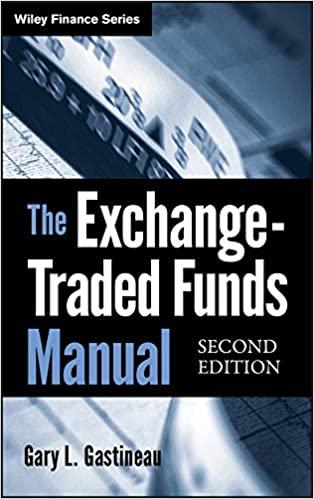Question
Farmland Enterprises, Inc., headquartered in Des Moines, Iowa, is a major supplier of seed corn in the Midwest. The firm has a capital structure that
Farmland Enterprises, Inc., headquartered in Des Moines, Iowa, is a major supplier of seed corn in the Midwest. The firm has a capital structure that consists of 70 percent equity and 30 percent debt. The companys long-term bonds have a before-tax yield to maturity of 8.4 percent. The company uses the discounted cash flow approach to determine the cost of equity (i.e., the Gordon constant growth stock valuation model). Farmland Enterprisess common stock currently trades at $45 per share. The year-end dividend ( D1 ) is expected to be $2.50 per share, and the dividend is expected to grow forever at a constant rate of 7 percent per year. The company estimates that it will have to issue new common stock to help fund this years projects. The floatation cost on new common stock issued is $4.50 per share, and the companys tax rate is 40 percent. 1. What is Farmland Enterprisess after-tax cost of debt financing? 2. What is the cost of Farmland Enterprisess new common stock equity financing? 3. What is Farmland Enterprisess current Weighted Average Cost of Capital (WACC)? 4. Now assume that Farmland Enterprises alters its target capital structure to 60 percent equity and 40 percent debt. Assuming this new capital structure is adopted, what is Farmland Enterprisess revised Weighted Average Cost of Capital (WACC)? 5. Based on the Weighted Average Cost of Capital (WACC) that you have calculated for Farmland Enterprises in Question #3 and in Question #4, do you think that this firm should revise its target capital structure? Why or why not?
Step by Step Solution
There are 3 Steps involved in it
Step: 1

Get Instant Access to Expert-Tailored Solutions
See step-by-step solutions with expert insights and AI powered tools for academic success
Step: 2

Step: 3

Ace Your Homework with AI
Get the answers you need in no time with our AI-driven, step-by-step assistance
Get Started


